Cabo San Lucas Fishing Calendar
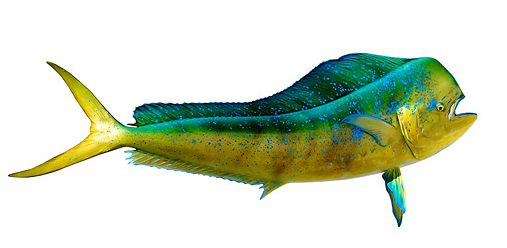
Bull Dorado / Mahi Mahi
Mahi-mahi have compressed bodies and a single long-based dorsal fin extending from the head almost to the tail. Mature males have prominent foreheads protruding well above the body proper. Females have a rounded head. Their caudal fins and anal fins are sharply concave. They are distinguished by dazzling colors – golden on the sides, and bright blues and greens on the sides and back. The pectoral fins of the mahi-mahi are iridescent blue. The flank is broad and golden. Out of the water, the fish often change color (giving rise to their Spanish name, dorado, “golden”), going through several hues before finally fading to a muted yellow-grey upon death.
| Janaury | Best | July | Better |
| febraury | Best | August | Better |
| March | Best | September | Better |
| April | Best | Octuber | Better |
| May | Better | November | Better |
| June | Better | December | Good |
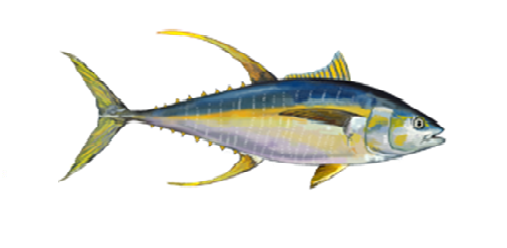
YELLOW FIN TUNA
The yellowfin tuna is among the larger tuna species, reaching weights over 180 kg (400 lb), but is significantly smaller than the Atlantic and Pacific bluefin tunas, which can reach over 450 kg (990 lb), and slightly smaller than the bigeye tuna and the southern bluefin tuna.
The second dorsal fin and the anal fin, as well as the finlets between those fins and the tail, are bright yellow, giving this fish its common name. The second dorsal and anal fins can be very long in mature specimens, reaching almost as far back as the tail and giving the appearance of sickles or scimitars. The pectoral fins are also longer than the related bluefin tuna, but not as long as those of the albacore. The main body is a very dark metallic blue, changing to silver on the belly, which has about 20 vertical lines.
| Janaury | Good | July | Better |
| febraury | Good | August | Better |
| March | Good | September | Better |
| April | Good | Octuber | Better |
| May | Good | November | Better |
| June | Better | December | Better |
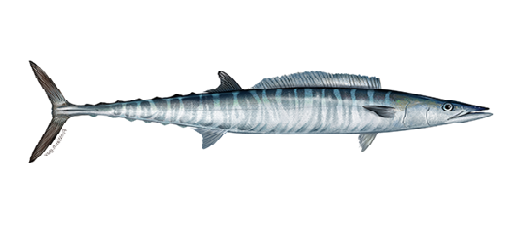
WAHOO
Its body is elongated and the back is an iridescent blue, while the sides are silvery with a pattern of irregular vertical blue bars. These colors fade rapidly during death. The mouth is large, and the teeth of the wahoo are razor sharp. Both the upper and lower jaws have a somewhat sharper appearance than those of king or Spanish mackerel. Specimens have been recorded at up to 2.5 m (8 ft 2 in) in length, and weighing up to 83 kg (183 lb). Growth can be rapid. They are among the fastest fish in the sea.
| Janaury | Best | July | Best |
| febraury | Best | August | Better |
| March | Best | September | Better |
| April | Best | Octuber | Better |
| May | Best | November | Better |
| June | Best | December | Better |
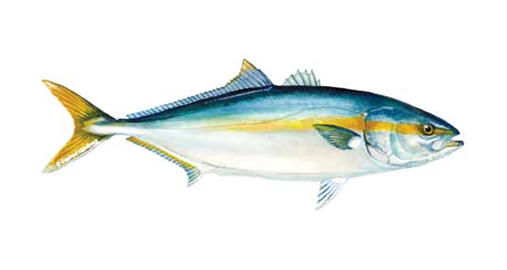
Yellowtail
The yellowtail jack mackerel or Castilian jack mackerel is a species belonging to the Carangidae family.
It is a pelagic and demersal species that can be found in aggregations offshore, near islands and on seamounts throughout the year. Throughout its life cycle it can be found in a variety of habitats, including rocky areas, coastal and oceanic waters. Its diet consists mainly of sardines, anchovies, horse mackerel, squid and red crab.
Because jack mackerel are opportunistic, they feed during the day and their distribution depends more on warm water temperatures than on the availability of food.
| Janaury | Best | July | Best |
| febraury | Best | August | Best |
| March | Better | September | Best |
| April | Better | Octuber | Best |
| May | Best | November | Best |
| June | Best | December | Best |
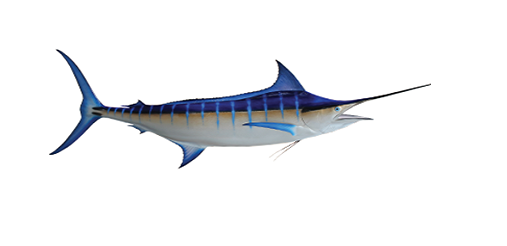
Blue Marlin
Like other billfishes, the blue marlin has pigments and light-reflecting cells that allow it to change color. Most of the time, the fish is cobalt blue above and silver below, with 15 rows of pale blue stripes. It has two dorsal fins with body structures called rays, two anal fins and a crescent-shaped tail. The beak is round and pointed. Small teeth line the palate and jaws.
| Janaury | Good | July | Better |
| febraury | Good | August | Better |
| March | Good | September | Better |
| April | Good | Octuber | Better |
| May | Good | November | Best |
| June | Better | December | Best |
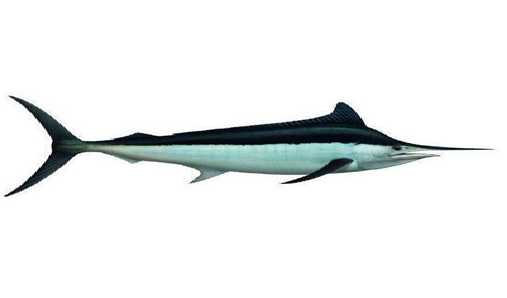
Black Marlin
The black marlin (Istiompax indica) is a species of marlin found in tropical and subtropical areas of the Indian and Pacific Oceans. With a maximum published length of 4.65 m (15.3 ft) and weight of 750 kg (1,650 lb), it is one of the largest marlins and also one of the largest bony fish. Marlin are among the fastest fish, but speeds are often wildly exaggerated in popular media, such as reports of 132 km/h (82 mph). Recent research suggests a burst speed of 36 kilometres per hour (22 mph) is near the maximum rate.
| Janaury | Good | July | Good |
| febraury | Good | August | Better |
| March | Good | September | Better |
| April | Good | Octuber | Better |
| May | Good | November | Best |
| June | Good | December | Best |
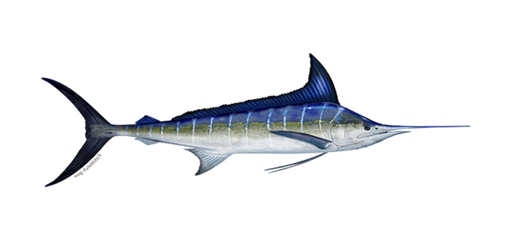
Stripped Marlin
The Striped Marlin consists of 42-48 rays on its tall first dorsal fin that is almost the same or longer than its body depth while the second dorsal fin is much smaller. They have torpedo-like and compressed bodies. They have around 10-20 clear, visible bluish stripes on the sides of their bodies even after death. The color of their bodies is dark blue or black above and silvery-white on the bottom. Striped Marlin has an average length of 2.9 m (9.5 ft) and a maximum length of 4.2 m (13.8 ft) and can weight up to 220 kg (490 lb).
| Janaury | Better | July | Best |
| febraury | Better | August | Best |
| March | Better | September | Best |
| April | Better | Octuber | Best |
| May | Better | November | Better |
| June | Better | December | Better |
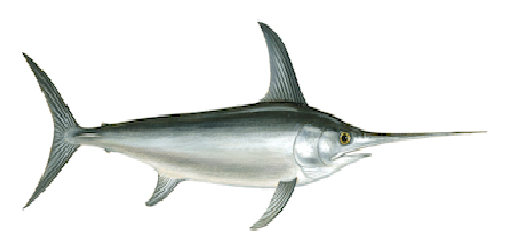
Sword fish
TThe swordfish is commonly known as “the gladiator”, due to the shape of its body and the similarity of its beak to a sword (gladius in Latin), which it uses as a weapon both to attack its prey and to defend itself against its natural predators.
They are large, highly migratory predatory fish, characterized by their long, flattened beak, different from that of their relatives, the marlins, which is conical.
| Janaury | Good | July | Good |
| febraury | Good | August | Good |
| March | Better | September | Good |
| April | Good | Octuber | Good |
| May | Good | November | Good |
| June | Good | December | Good |
